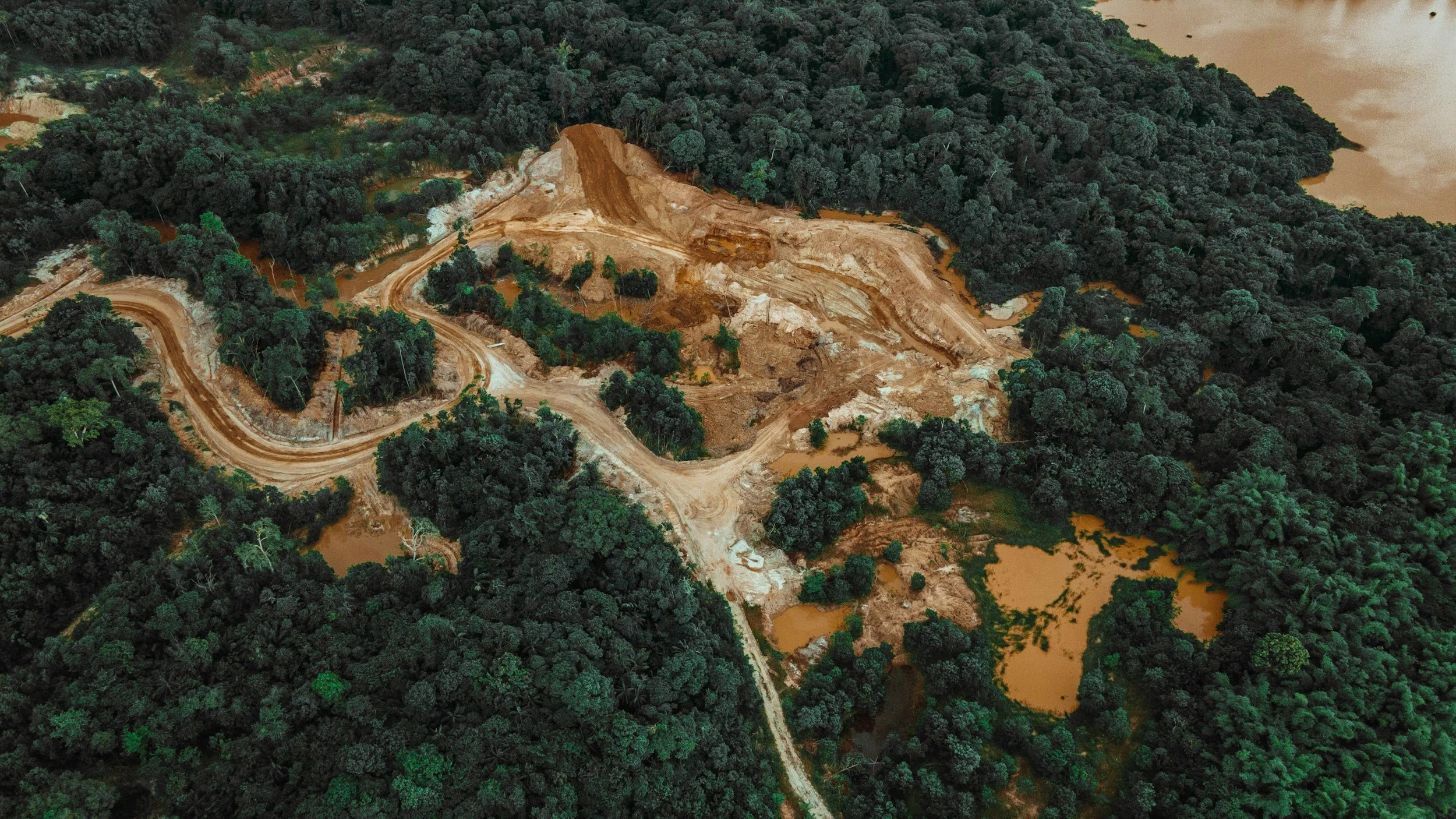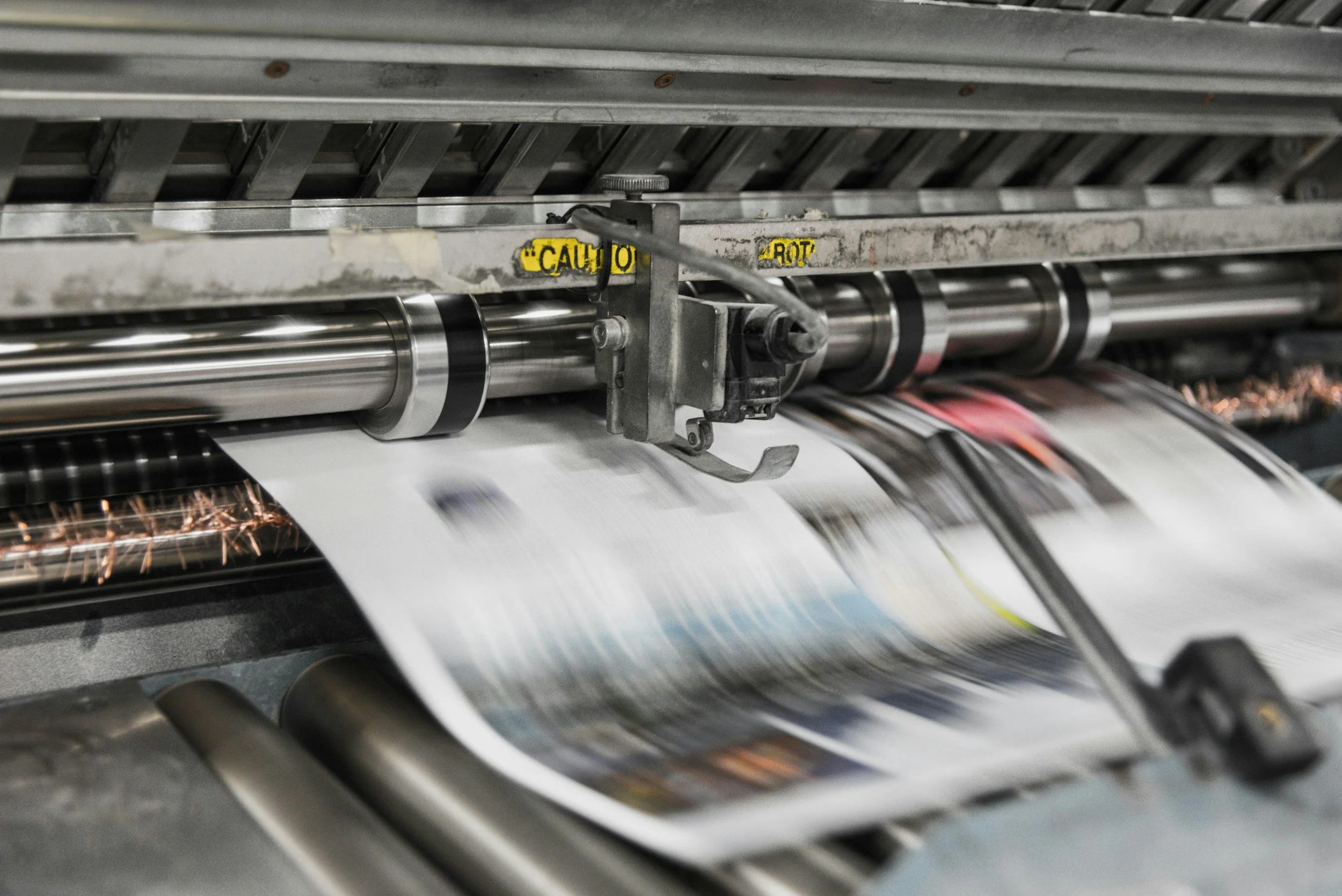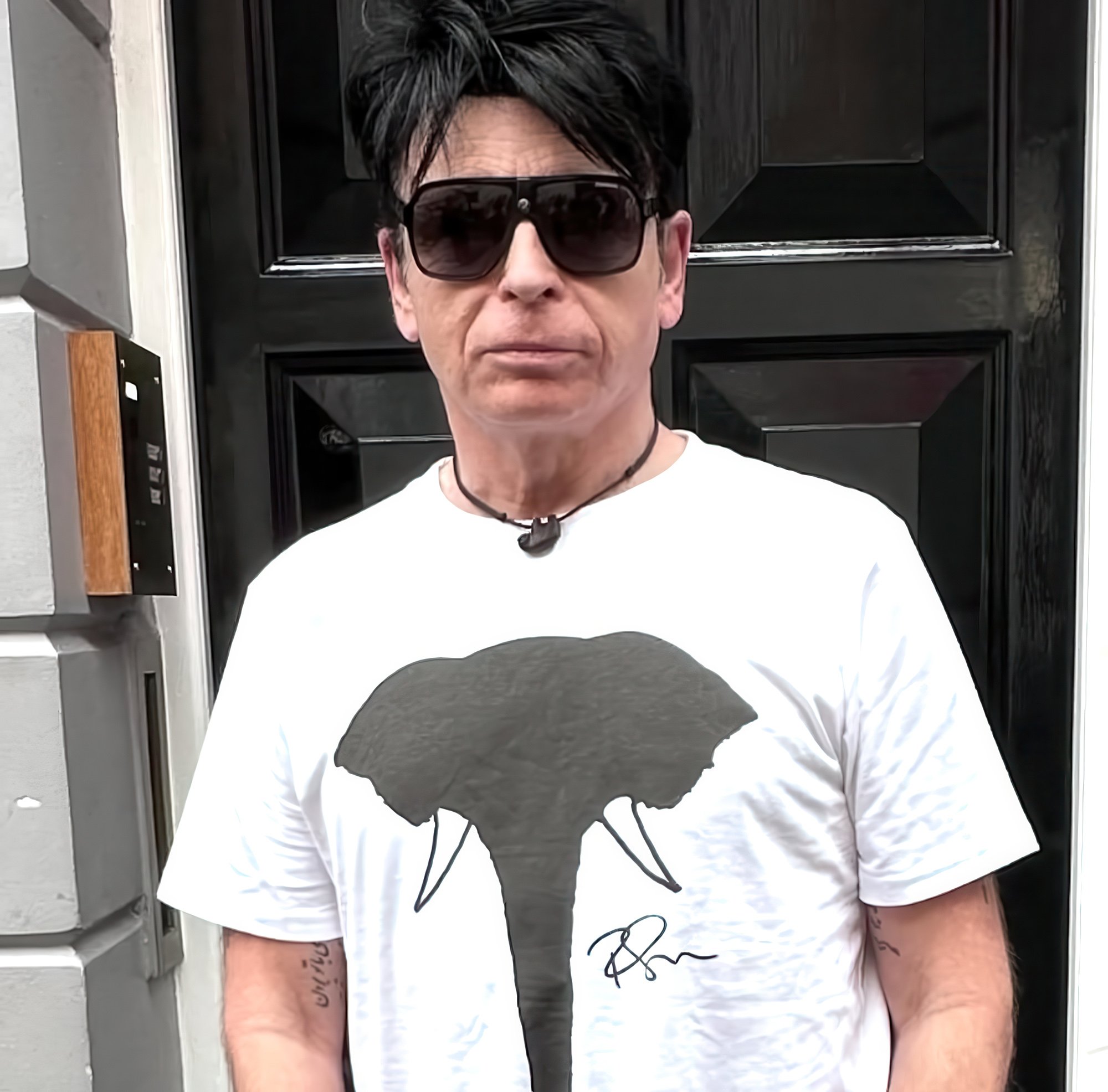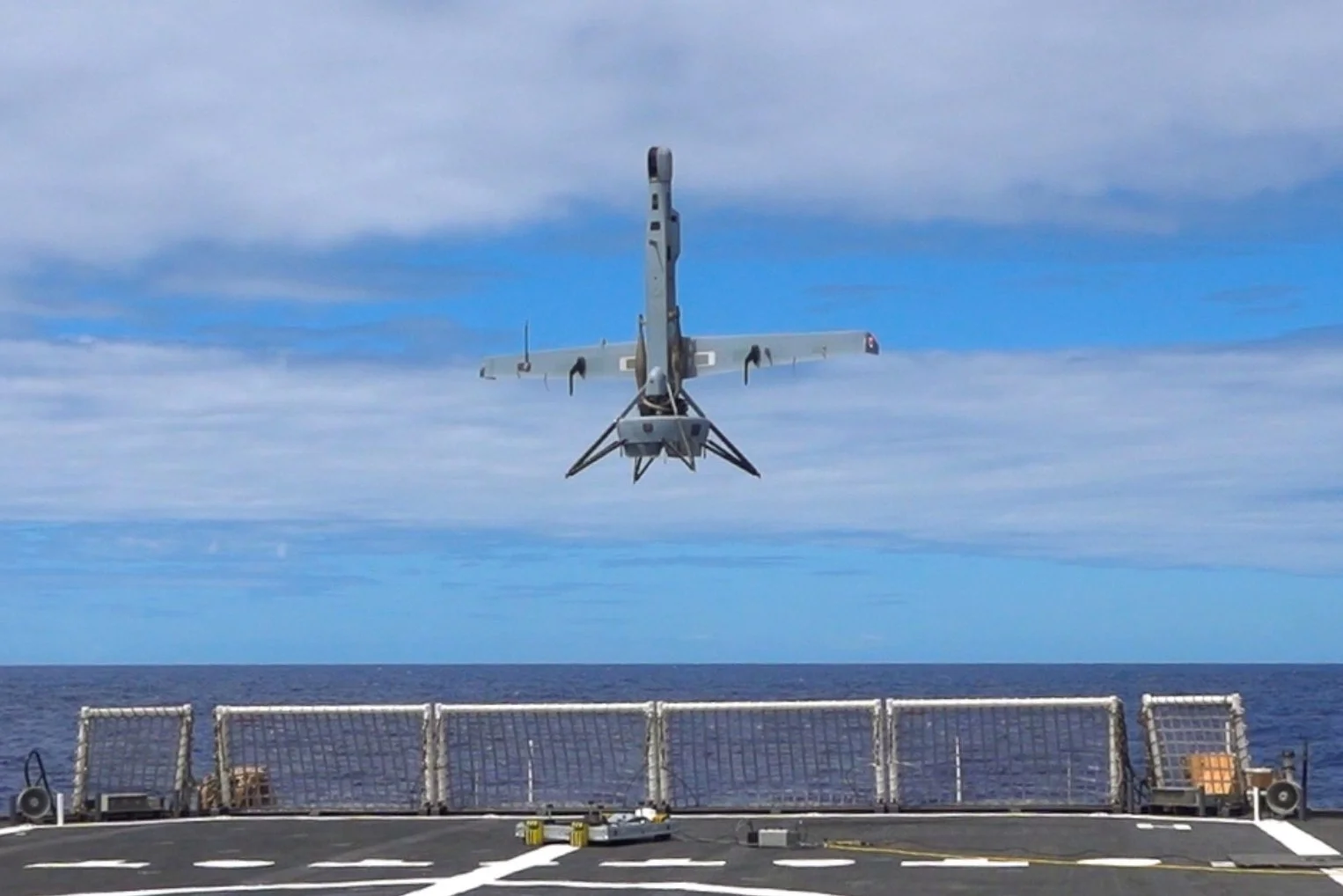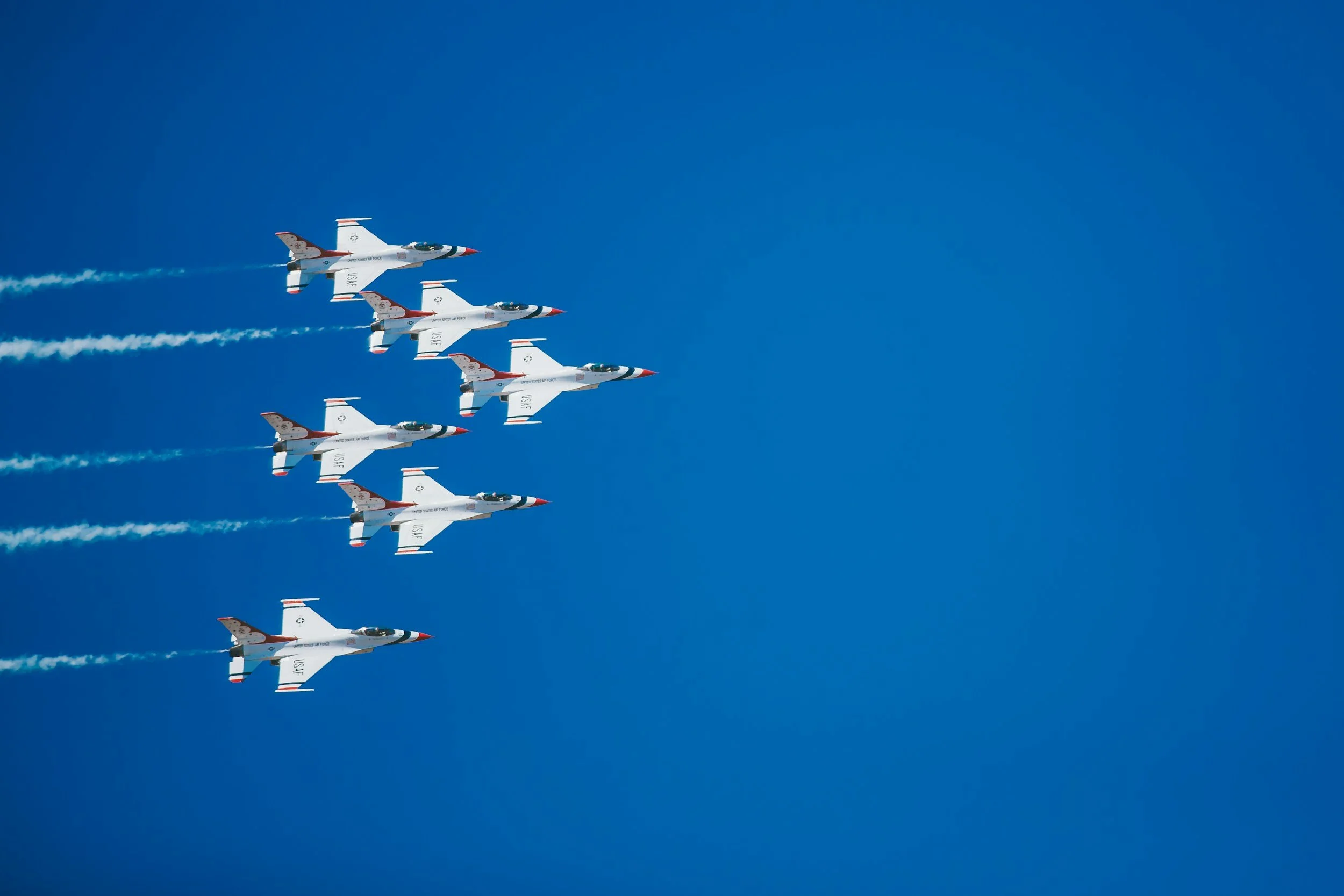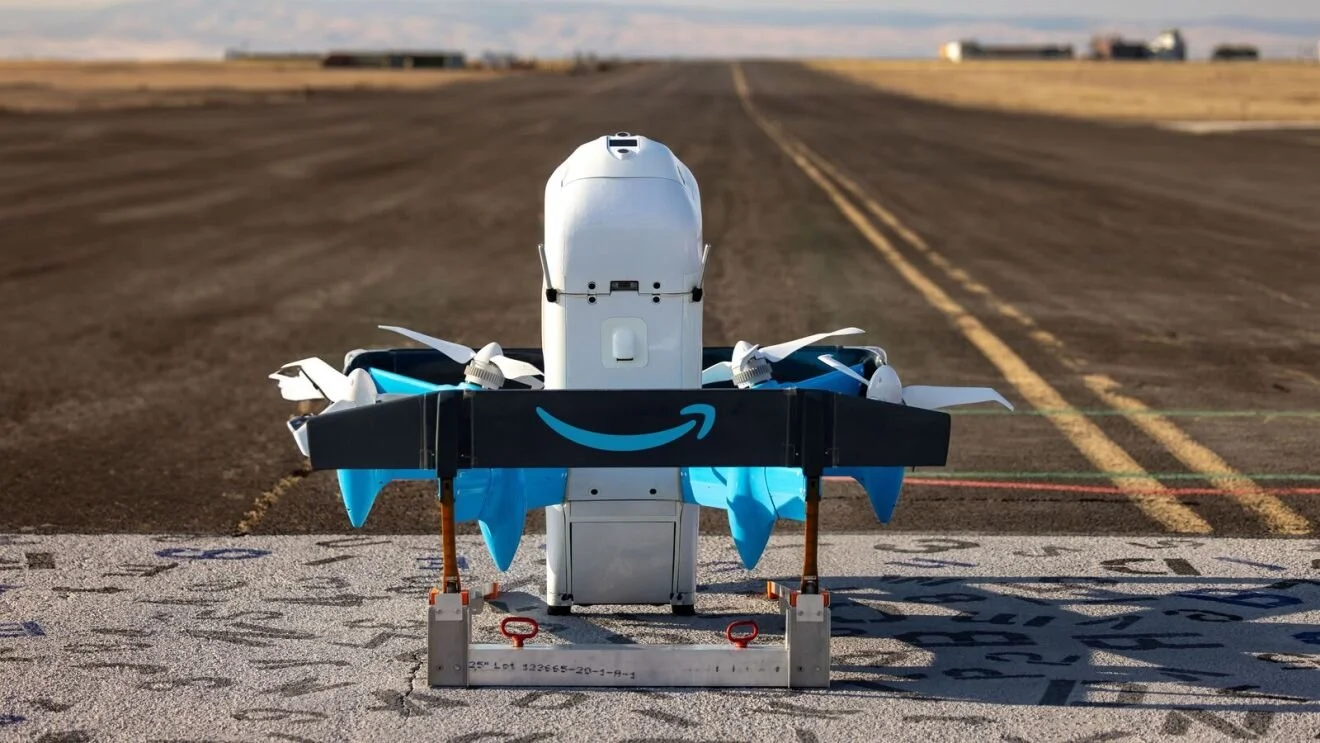Trump Signs Executive Orders to Advance AI-Integrated Drone Technology in the U.S.

Image Credit: Aral Tasher | Splash
President Donald Trump has signed two executive orders aimed at advancing drone technology in the United States, with a strong emphasis on integrating artificial intelligence to enhance public safety operations and streamline regulatory processes for state and local governments. The orders, titled "Unleashing American Drone Dominance" and "Restoring American Airspace Sovereignty", issued on June 6, 2025, outline measures to expand drone use, bolster airspace security, and support domestic manufacturing, with significant implications for state, local, tribal, and territorial (SLTT) agencies.
AI-Powered Drone Waivers to Speed Up Approvals
A key provision of the "Unleashing American Drone Dominance" order mandates the Federal Aviation Administration (FAA) to deploy AI tools within 120 days to expedite the review and approval of drone waiver applications. These waivers are critical for public safety agencies seeking to operate drones in non-standard ways, such as flying over restricted areas or during specific missions like search and rescue. The use of AI is expected to reduce wait times and bureaucratic hurdles, enabling faster deployment of drones in emergency situations.
Charles Werner, director of the DRONERESPONDERS Public Safety Alliance, described the AI-driven waiver process as a significant advancement. "The use of AI to assist with waivers will be a huge enhancement to what has been a long and tedious process", Werner said in an email to Government Technology. "The faster waivers are approved for public safety, the sooner responders can save lives."
The FAA is tasked with implementing these AI tools by October 4, 2025, to streamline operations under existing Part 107 regulations, which govern commercial drone use. This move aims to address longstanding complaints from public safety agencies about delays in obtaining necessary permissions for critical missions.
Expanding Drone Capabilities with Beyond Visual Line of Sight Rules
The executive orders prioritize enabling routine Beyond Visual Line of Sight (BVLOS) operations, which allow drones to fly beyond an operator’s direct view. By July 6, 2025, the FAA must propose new rules to facilitate BVLOS for public safety and commercial purposes, with a final rule due by February 1, 2026. This timeline accelerates a long-delayed rulemaking process, previously expected to extend into 2027, and is seen as a critical step for scaling drone use in applications like disaster response, search and rescue, and infrastructure inspections.
BVLOS operations are particularly vital for public safety agencies, enabling drones to cover larger areas during emergencies, such as assessing damage after natural disasters or supporting drone-as-first-responder programs. The FAA is also directed to establish safety standards for these extended flights and to fully utilize UAS test ranges to generate performance data, ensuring safe integration into the National Airspace System.
Enhancing Airspace Security with AI and Real-Time Data
The "Restoring American Airspace Sovereignty" order focuses on countering drone-related threats, with AI playing a central role in enhancing detection and identification capabilities. By August 5, 2025, the FAA must provide law enforcement with automated, real-time access to remote identification (Remote ID) data, which acts as a digital license plate for drones, revealing ownership and location details. This capability is intended to help SLTT agencies quickly identify unauthorized drones, addressing concerns about potential threats to public safety, critical infrastructure, and major events like the 2026 FIFA World Cup and 2028 Summer Olympics.
The order also directs the Department of Homeland Security (DHS) and the FAA to issue guidance within 60 days to private critical infrastructure owners, such as those managing power plants or water facilities, on deploying drone detection technologies. Federal agencies are authorized to use existing tools to detect, track, and identify drones, while ensuring compliance with privacy laws and the Fourth Amendment.
Grants to Boost State and Local Anti-Drone Technology
Within 30 days, by July 6, 2025, the Attorney General and the Secretary of Homeland Security are required to ensure that their grant programs allow SLTT agencies to access federal funding for equipment to detect, track, and identify drones. This initiative aims to equip local law enforcement with tools to monitor airspace and respond to unauthorized drone activity, particularly in sensitive areas like airports or military bases. However, the orders do not grant SLTT agencies new authority to disable or take down drones, leaving mitigation measures under federal control.
The orders also call for integrating counter-UAS responses into Joint Terrorism Task Forces to enhance security at mass gatherings, a measure driven by concerns about drones being used for espionage, drug smuggling, or terrorism.
National Training Center for Counter-Drone Operations
To build expertise in countering drone threats, the orders mandate the establishment of a National Training Center for Counter-Unmanned Aircraft Systems (Counter-UAS). The center will initially focus on developing capabilities for federal and SLTT agencies to secure major events, such as the 2026 FIFA World Cup and 2028 Olympics. Werner emphasized the need for standardized training, comparing it to protocols for bomb technicians. "A National Training Center for Counter-UAS is absolutely needed along with a national certification process to ensure everyone is applying the same procedures", he said.
The Attorney General, in coordination with other federal agencies, is tasked with implementing recommendations from a 2022 feasibility report to establish the center promptly, with a focus on preparing for high-profile events.
Pilot Program for Advanced Drone Technologies
By September 4, 2025, the FAA must issue a public request for proposals from SLTT governments, partnered with private-sector entities, to participate in an Electric Vertical Takeoff and Landing (eVTOL) Integration Pilot Program (eIPP). This program, an extension of the FAA’s BEYOND program, will select five pilot projects by early 2026 to test advanced drone applications, such as cargo delivery and medical response. Operations are expected to begin within 90 days of agreements being finalized.
Werner highlighted the potential for eVTOL drones to support public safety, such as delivering heavy equipment or fire suppressants during wildfires. The program prioritizes U.S.-based technologies and diverse operational models to foster innovation and economic growth.
Prioritizing American-Made Drones
Both orders emphasize strengthening the domestic drone industry by prioritizing U.S.-manufactured drones in federal procurement and promoting their export. While not banning foreign-made drones, such as those from Chinese manufacturer DJI, the administration aims to reduce reliance on foreign technologies through grants and trade initiatives. Federal agencies are directed to favour American-made platforms, and the Federal Acquisition Security Council will review supply chain risks posed by foreign manufacturers.
Industry and Security Implications
The executive orders have been praised by industry leaders for addressing regulatory delays and fostering innovation. Michael Robbins, CEO of the Association for Uncrewed Vehicle Systems International (AUVSI), called the measures a “historic” step toward U.S. leadership in drone technology. However, experts note that implementation challenges, such as coordinating across agencies and ensuring privacy protections, will be critical to the orders’ success.
The orders also respond to growing concerns about drone misuse, highlighted by incidents of unauthorized drones near critical infrastructure and the use of drones in conflicts like the war in Ukraine. By leveraging AI and expanding access to detection tools, the administration aims to balance innovation with security.
The FAA, DHS, and Department of Justice have not yet commented on specific implementation plans, but the agency is expected to provide updates as deadlines approach. For state and local governments, these orders signal increased access to drone technology and funding, alongside heightened responsibilities to ensure safe and secure airspace.
We are a leading AI-focused digital news platform, combining AI-generated reporting with human editorial oversight. By aggregating and synthesizing the latest developments in AI — spanning innovation, technology, ethics, policy and business — we deliver timely, accurate and thought-provoking content.









































































































































































